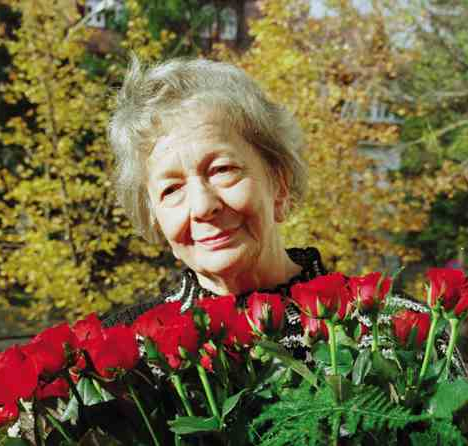There was much food for thought in Tim O’Brien’s “The Things They Carried With Them.” What caught my attention in one chapter was his narrative on telling war stories. He has many definitions of what a “true” war story is, including “A true war story is never moral” and that a true story adheres to “absolute and uncompromising allegiance to obscenity and evil” (O’Brien 68). He’s playing with the mind of the reader a bit. Not all aspects of war are ugly, harsh and cruel. What O’Brien is defining as a War Story, is the aspects non-participants would not understand. Most people can identify with pain and sacrifice to some degree, O’Brien wants his readers to understand from a soldier’s perspective. Hence, his somewhat narrow definition of a true war story-it will always involve negative, terrifying, gut wrenching aspects; most blurred because “it’s hard to separate what happened from what seemed to happen” (O’Brien 71). I’m not minimizing what a combatant faces, rather had to reconcile what I’ve heard from veterans of the Vietnam era and even now as they talk of their experiences. The horrific is alluded to, but usually it’s the funny or touching stories that are spoken. In effect, O’Brien molded a key to understanding what was not spoken.
Another interesting point is the aspect of truth verses accuracy, when O’Brien speaks of war stories. If deceit can be defined as “Taking the truth and telling a lie,” he has worked the antithesis, using a lie, or as he says, “making up a few things to get at the real truth” (O’Brien 85). It is an incredible irony. He describes retelling a story until his listener gets it, usually thinking uncomplimentary things as he pictures the war story. He seems frustrated, almost angry that someone does not get it, “Because she wasn’t listening” (O’Brien 85), as he patronizes her with a different version of the true story. What is most ironic is the True Story itself. What he is trying to get his audience to see is not the hardship so much as the outcome from all the privation and pain. He finally describes courage, disillusion, sorrow, and oblivion. But what he says is a true war story is about is “love and memory” (O’Brien 85).
O'Brien Tim. 1st Mariner ed. New York, NY: Houghton Mifflin Harcourt, 1990. 67-85. Print.




